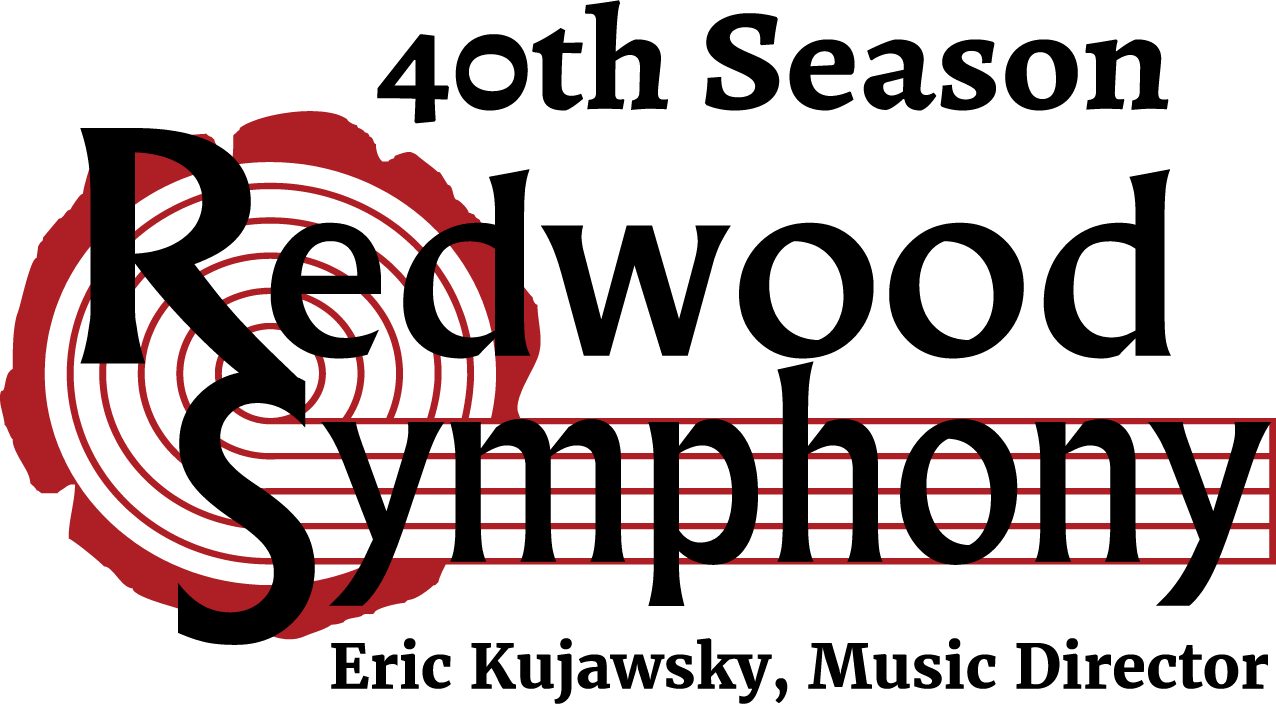Stravinsky
Symphony in Three Movements
By 1945, when Igor Stravinsky completed his Symphony in Three Movements, he was already one of the most influential composers in the world. His early ballets The Firebird (1910), Petrushka (1911), and The Rite of Spring (1913) had established his daring, innovative style. Striking, jazzy rhythms, unconventional harmonies, and an inventive energy pervaded his works. Audiences often responded to them with an energy of their own, from enthusiasm to rioting at the Rite’s premiere.
By 1945 Stravinsky had also become an American citizen. During the 1930s he had toured extensively in America, conducting and performing his own works and writing several commissions. When his daughter, wife, and mother all died within the space of a year, Stravinksy emigrated from Paris to America, eventually settling in California with his second wife in 1940. He was 58 years old.
When the U.S. entered World War II, Hollywood went to war as well, and film producer Louis B. Mayer soon commissioned Stravinsky to compose works for the wartime news footage his studio was churning out. Stravinsky was also invited by his Hollywood neighbor, author Franz Werfel, to write music for a film based on Werfel’s book The Song of Bernadette. Although all of these projects were eventually scrapped (Werfel’s movie was released with Alfred Newman’s more conventional music), Stravinsky decided to use the themes he had developed for these projects in a symphony that he had been commissioned to write by the New York Philharmonic Orchestra. He adapted his war music for the outer movements, while the central movement was based on a theme he had written for the appearance of the Virgin Mary in Bernadette. He began work on the symphony in 1942, finally completing it in 1945; it premiered in January of 1946.
The opening movement announces itself in no uncertain terms, with roiling strings and harsh, striding octaves. (Many years later, Stravinsky said this movement was inspired by a documentary about scorched-earth war tactics in China.) The initial flurry subsides and horn calls herald a section of anxious, anticipatory rhythm–melody is nearly left behind. The piano is featured prominently, and develops from quick chord bursts to downward-marching patterns as all the winds blast ever louder. A quieter central section features duets for various combinations of winds, including some very “Rite”-like rising and falling intervals that reappear in the other two movements. The stormy opening is reprised and the movement ends with an uneasy calm, low strings and bass clarinet still pulsing.
The quiet of the second movement (Andante)
comes as a respite, though the harmonies are often as anxious as those in the
surrounding movements. The harp is featured extensively, lending an ethereal
feel under the wandering, trilling woodwinds. This movement segues directly into
the final one, marked Con moto,
developing from swelling chords to angular rhythms reminiscent
of the first movement. Now both harp and piano are featured. Stravinsky’s habit
of jumping quickly from one idea to another
with little preamble appears most strongly here, from grumbling bassoon solos to
huge brass chords to a fugue for piano, trombone, and harp. Stravinsky later
said that the agitated motion was inspired by a film of goose-stepping German
soldiers, and the completely surprising, triumphant final chord by the rise of
the Allies over the Germans.
